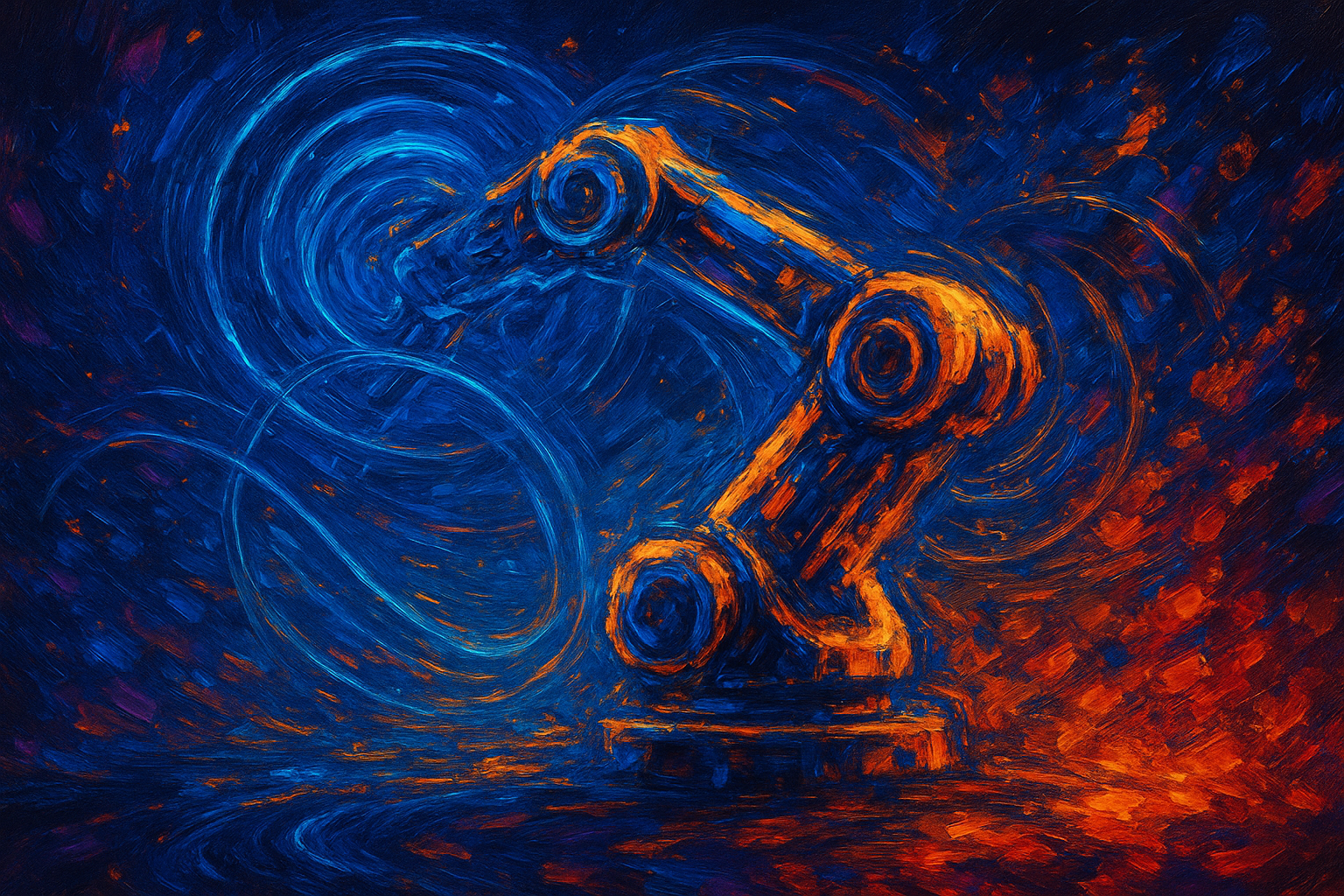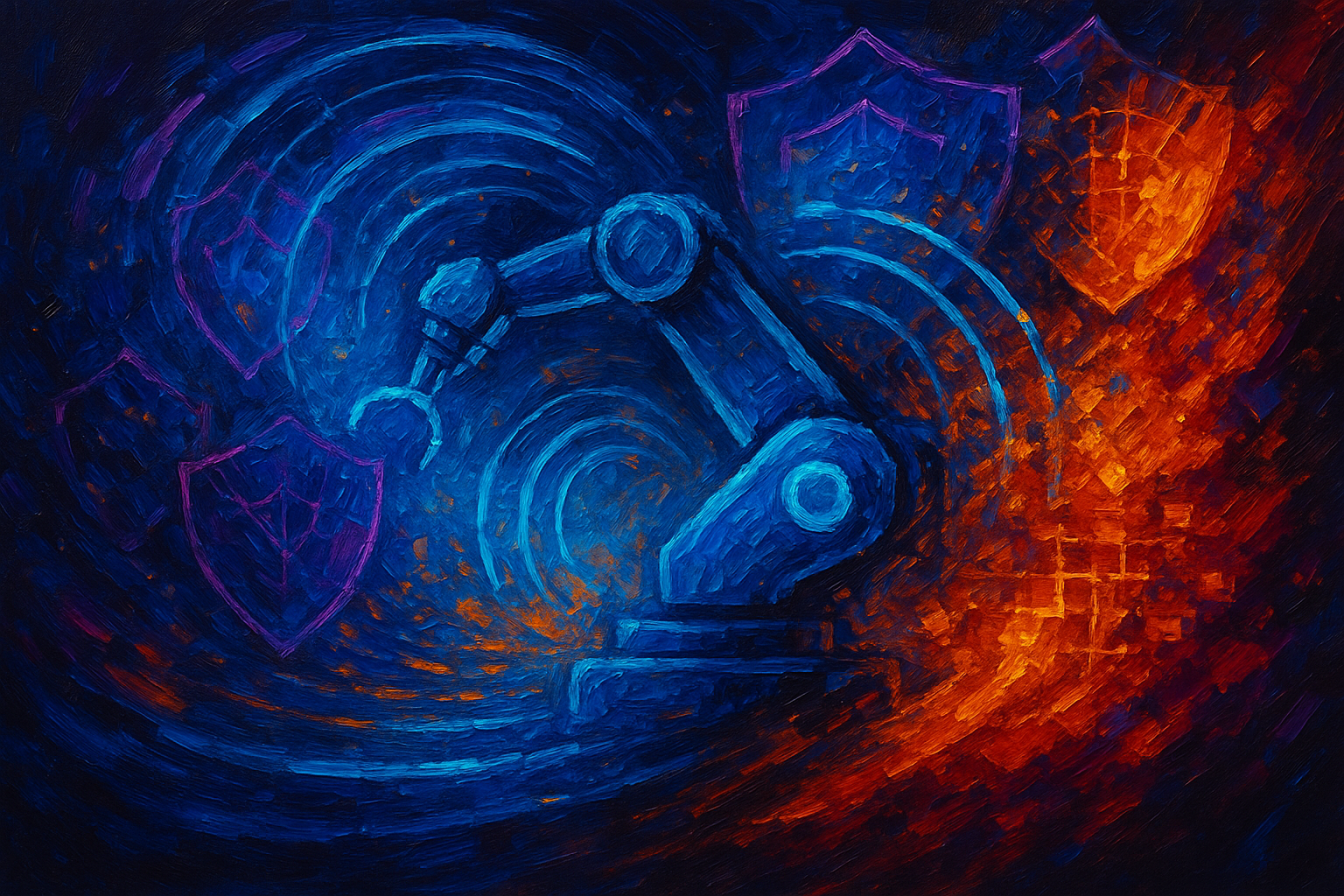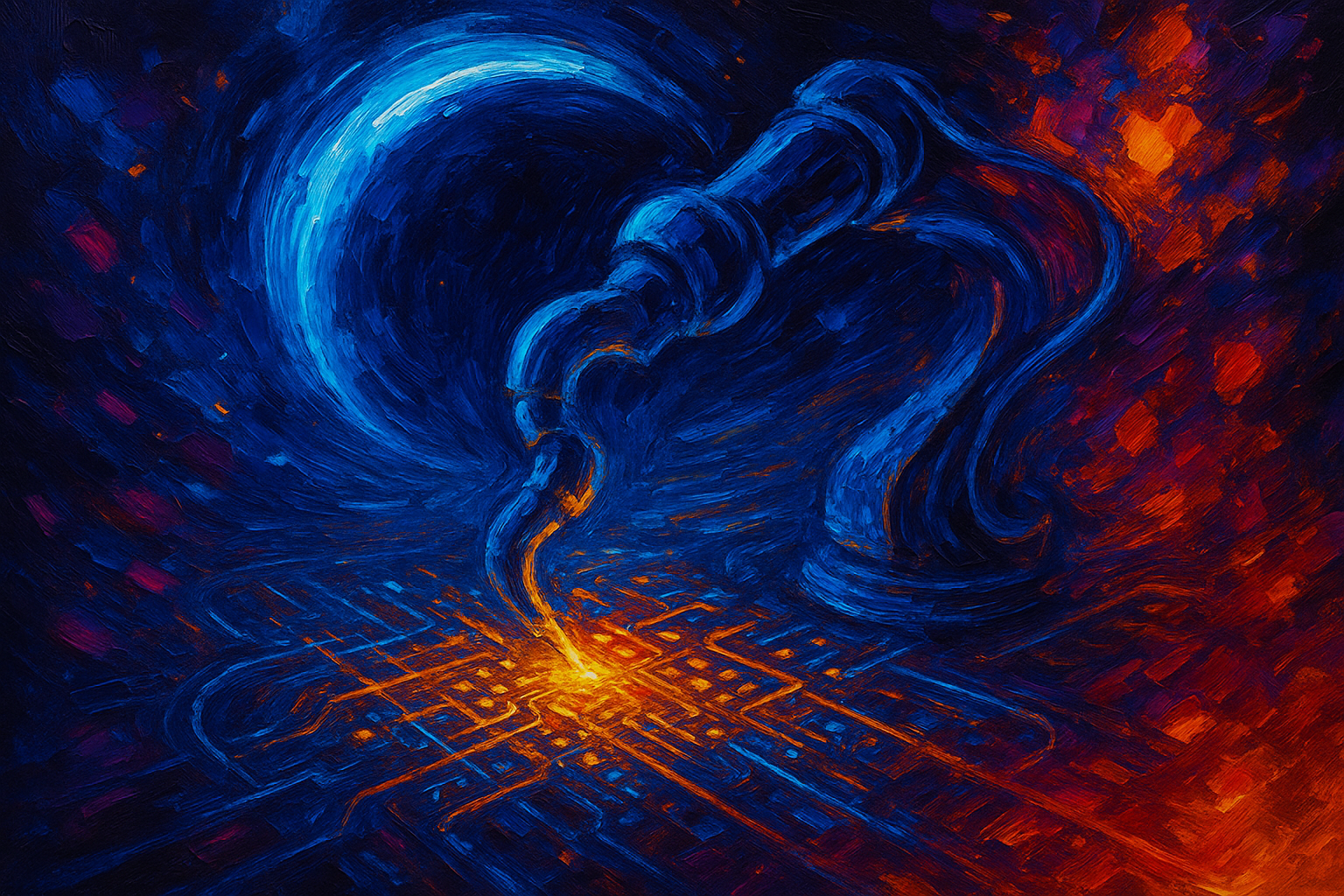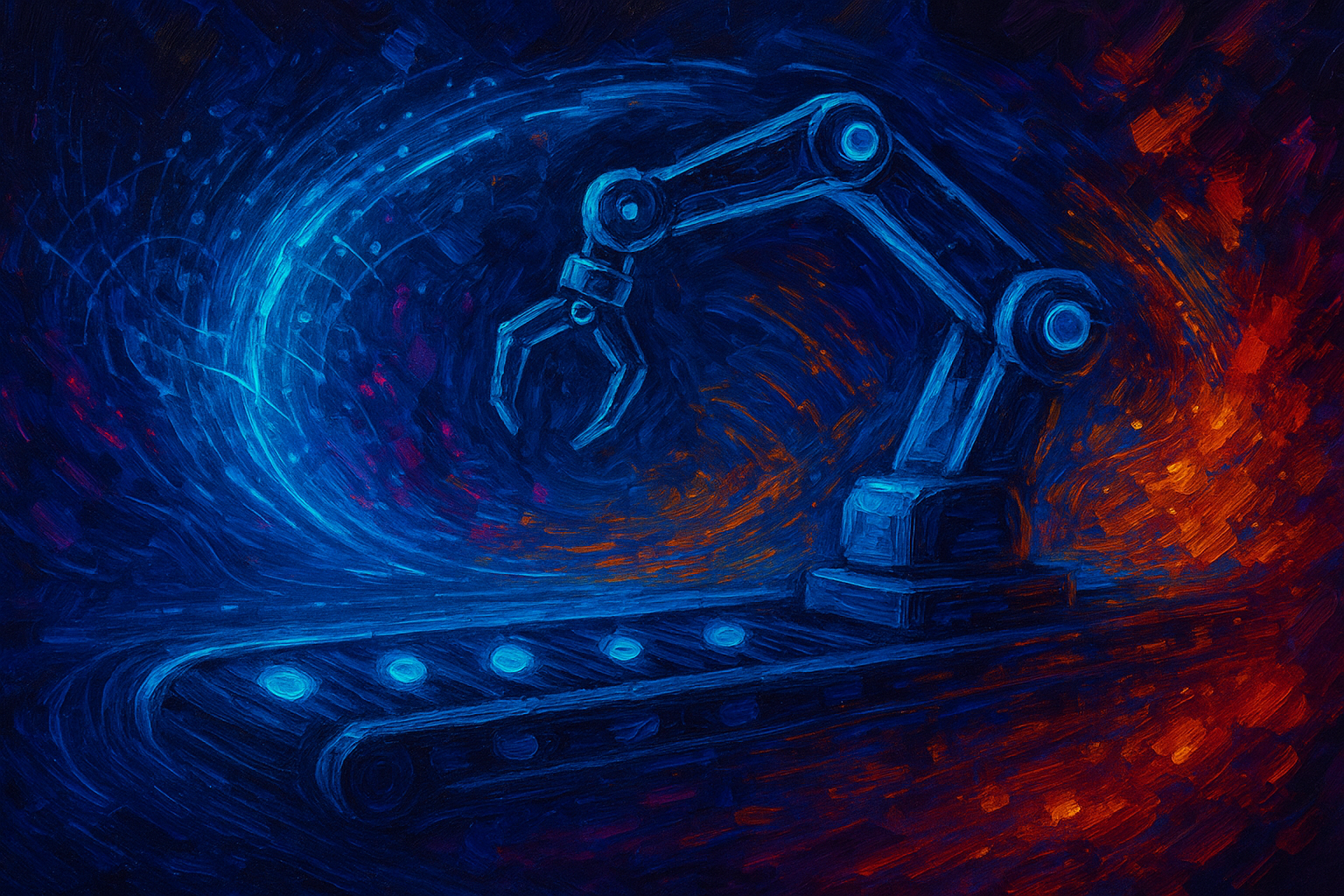Operational AI: Where RPA Fails and Intelligent Automation Wins
Forget the RPA vs AI debate - the real battle is operational resilience. We dissect why traditional automation fails at Walmart's scale, how Maersk saves $280M annually with cognitive routing, and why MITRE's CALDERA framework matters more than ever. Includes implementation roadmap with EU Act compliance guardrails.

Operational AI: Where RPA Falls Short and Intelligent Automation Delivers
Most automation discussions drown in vendor hype. Let's cut through the noise: if your 'intelligent' solution can't handle Walmart's 200 billion daily data points or adapt when Maersk's ships encounter typhoons, it's not true operational AI. We're moving beyond the RPA vs AI debate into the era of cognitive business automation - and the stakes have never been higher.
The Automation Evolution Pyramid
Three distinct generations define enterprise automation:
- Macro Recorders (1990s): Static scripts breaking at first OS update
- RPA (2010s): Rule-based workflows failing with unstructured data
- Cognitive Automation (Present): AI systems making contextual decisions like Maersk's fuel optimization achieving $280M annual savings
RPA's 5 Operational Breaking Points
Robotic Process Automation works until real-world complexity hits:
- Brittle Process Chains: Walmart's 30% out-of-stock reduction required AI that understood shelf-space dynamics, not just inventory counts
- Data Blindness: Traditional automation can't process supplier emails, weather reports, or social sentiment
- Decision Paralysis: RPA stops when faced with new invoice formats or contract clauses
- Scalability Walls: Most RPA solutions choke beyond 50 concurrent processes
- Maintenance Overhead: 60% of RPA costs come from constant re-mapping of workflows
The Cognitive Layer: MITRE CALDERA in Business Operations
Adapted from cybersecurity frameworks, CALDERA's principles enable self-healing operations:
Adaptive Response Loop: 1. Observe: Ingest logistics data, weather patterns, port delays 2. Orient: Contextualize using ML models (e.g., fuel burn rates) 3. Decide: Optimize routes in real-time like Maersk's systems 4. Act: Implement without human intervention
This creates what Amazon's fulfillment centers demonstrate: systems that auto-adjust robotic pick paths when conveyor jams occur.
Implementation Roadmap: 4 Phases
- Process Discovery: Use AI to map workflows across systems (not manual documentation)
- Cognitive Prototyping: Start with high-impact, variable-rich processes like supply chain forecasting
- Human-AI Handshake Design: Build EU Act-compliant override protocols
- Continuous Adaptation: Implement ML feedback loops monitoring process drift
Ethical Guardrails: Beyond the EU AI Act
With 800M jobs potentially displaced, operational AI demands:
- Algorithmic impact assessments before deployment
- Transparent performance metrics accessible to employees
- Reskilling pathways integrated into automation budgets
- Strict bias testing using NIST's AI RMF standards
The New Automation Reality
True operational AI isn't about replacing humans - it's about building organizations that withstand disruptions Amazon-style while maintaining Maersk-level efficiency. The technology exists. The frameworks are proven. What remains is leadership willing to move beyond RPA's comforting limitations into cognitive automation's adaptive future.
Additional Resources
Latest Insights and Trends
Stay Updated with Our Insights
Subscribe to receive the latest blog updates and cybersecurity tips directly to your inbox.
































































.png)



